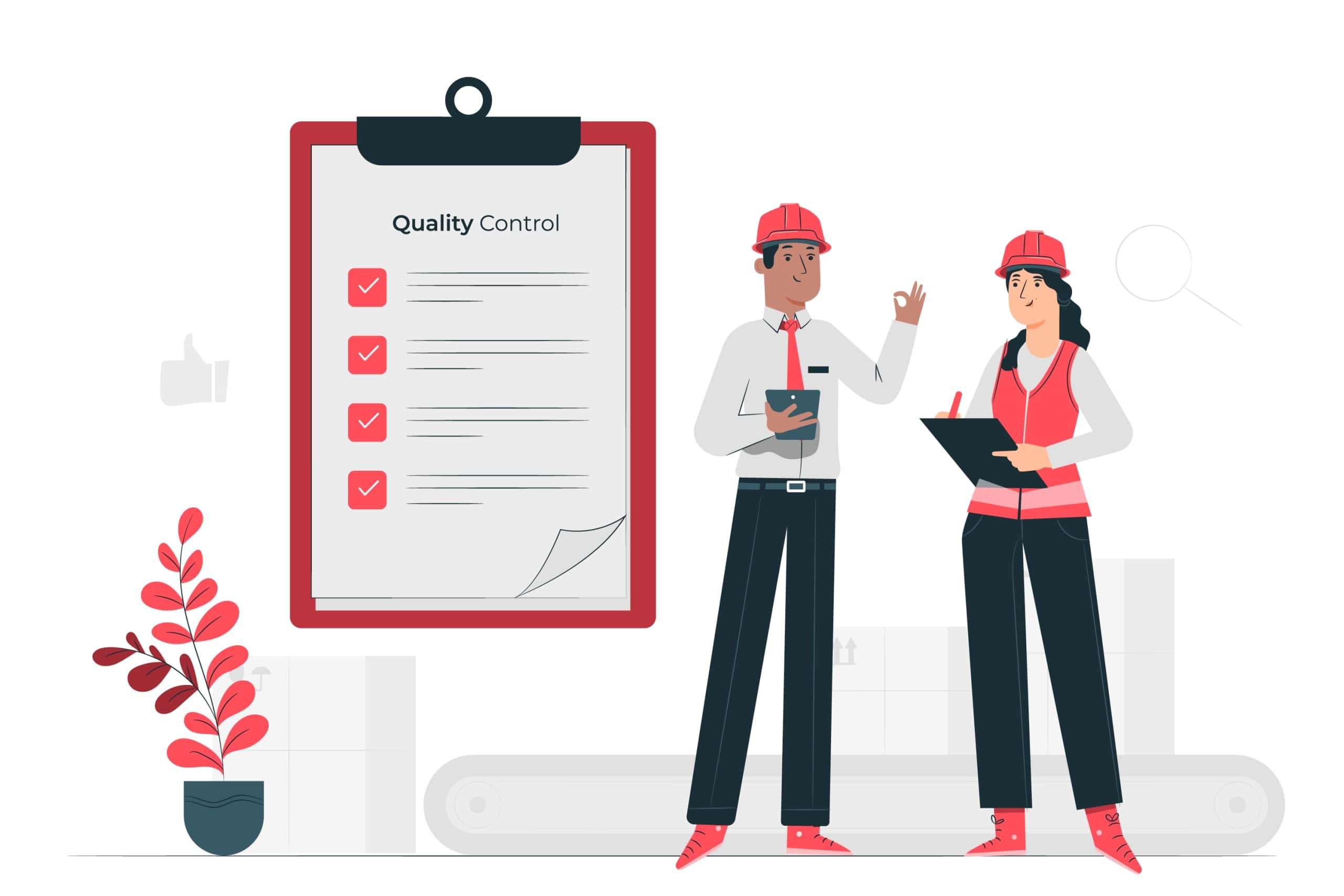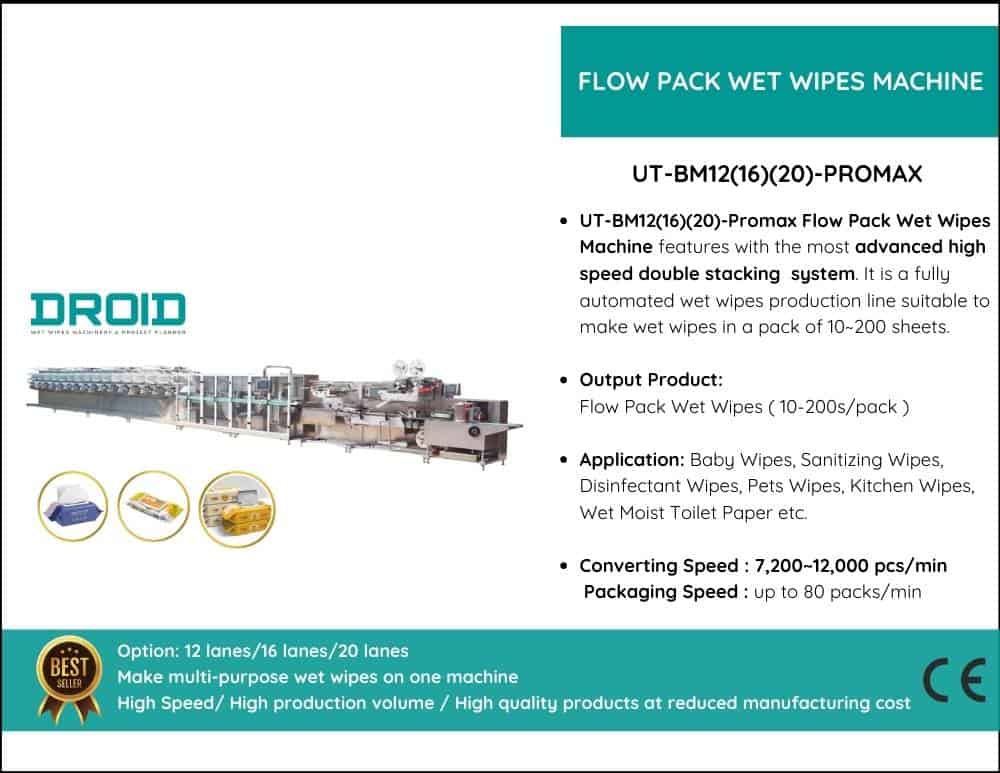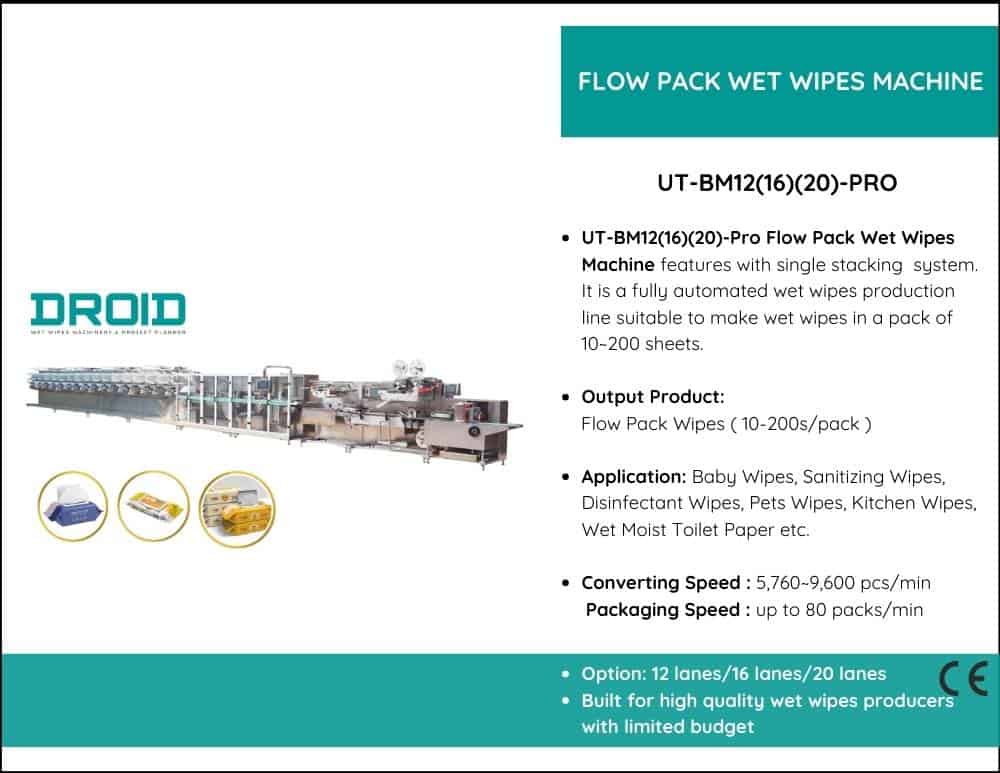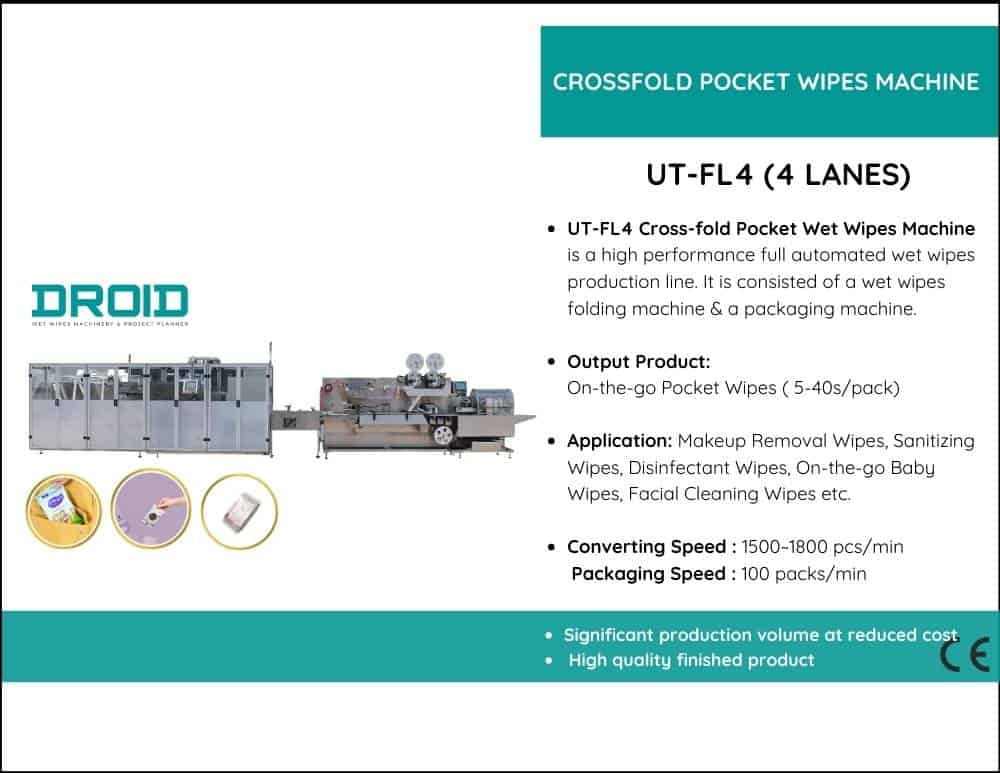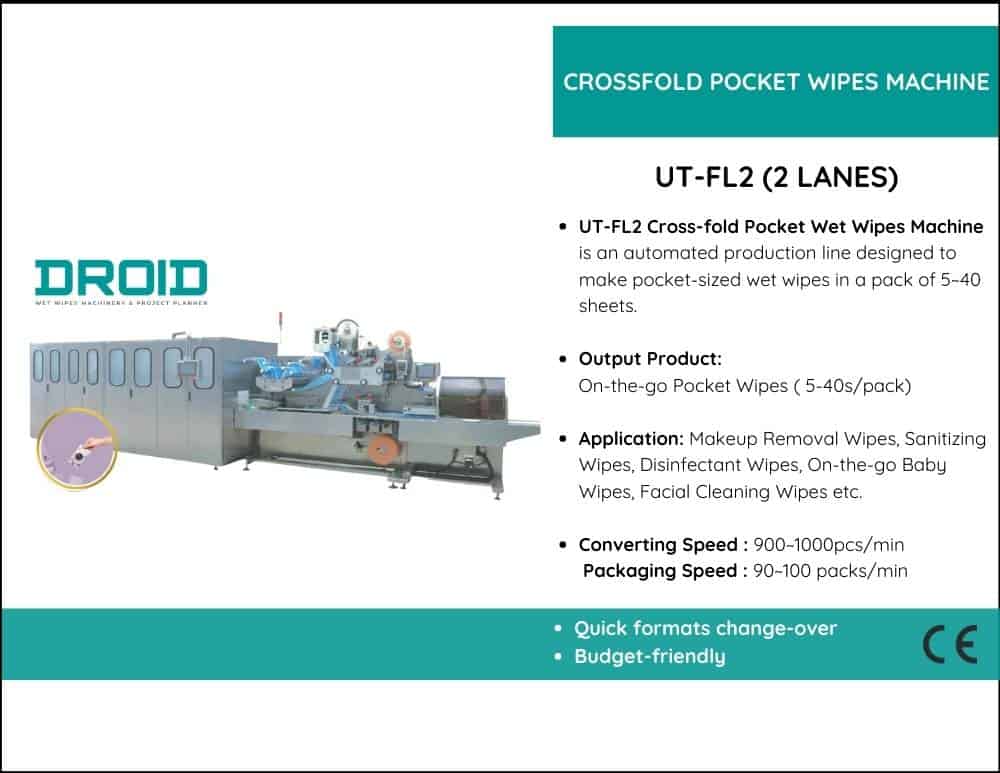It’s easy only to consider the initial purchase price when choosing between foreign wet wipes machines and local wet wipes machines. However, to truly understand the value of your investment, you must consider it within a broader context that encompasses long-term benefits, operational efficiency, and the total cost of ownership.
Wet wipe machines imported from other countries typically have a higher initial cost because they are more advanced in terms of engineering, technology, and compliance with international standards. Although it may seem pricey at first, importing wet wipe machines usually leads to more efficient production, less waste, and better finished goods. Over time, this can lead to lower running costs, happier customers, and fewer product returns or rejects, all of which directly affect your bottom line.
Local wet wipes machines, on the other hand, tend to be more affordable, making them appealing for new businesses or those with limited financial resources. Local wet wipe makers can be a cost-effective option for companies that don’t need to produce a large volume of products or that only sell within their area. However, possible limitations in speed, technology, and sturdiness could mean that you have to pay more for maintenance, experience more downtime, or need to improve as your business grows.
It’s essential to consider more than just the price of each machine. Long-term value is also necessary. Think about things like how much energy it uses, how well it produces, how easily it can handle different types of products, and how easy it is to get help and replacement parts. By carefully weighing these cost factors, you can select the wet wipes machine—whether it’s imported or made in your own country—that provides the best value for your production goals and helps your business grow in the long term.
In the final section, we’ll review the main points one last time to help you make an informed decision about your wet wipes production line.


